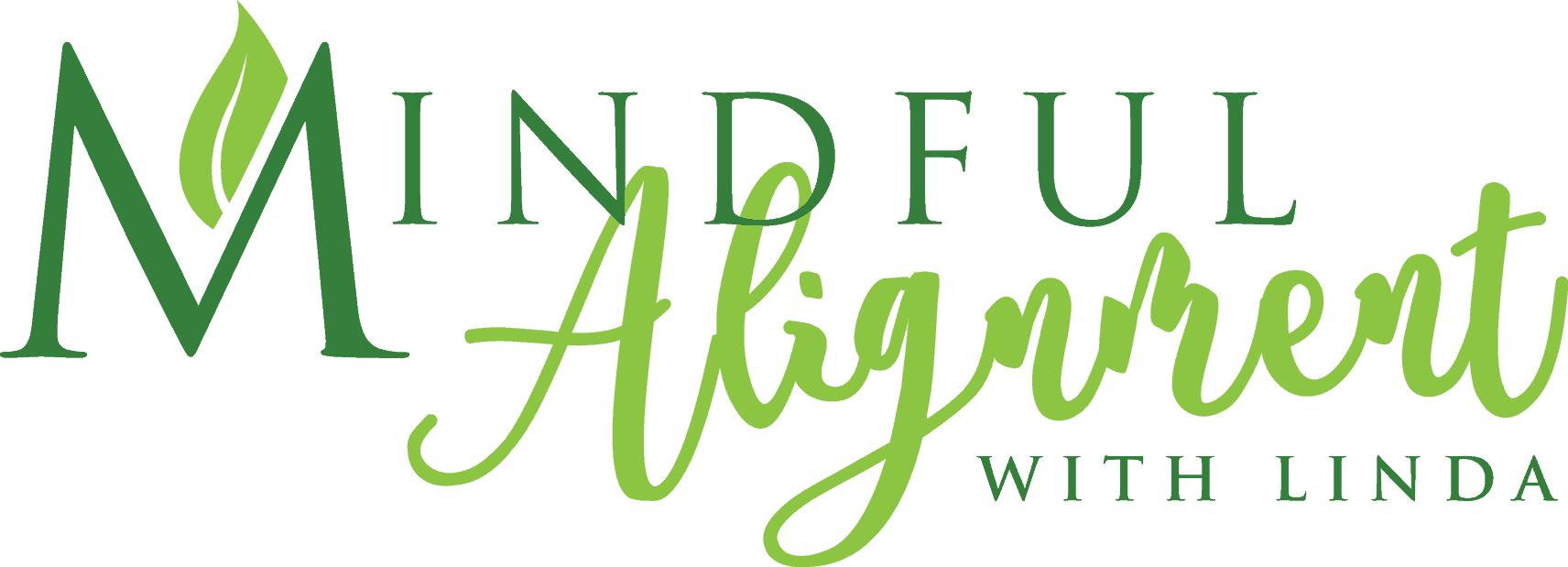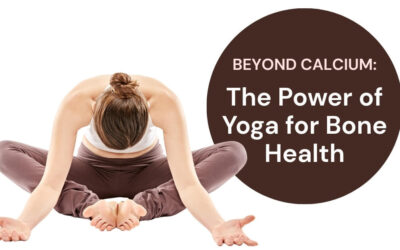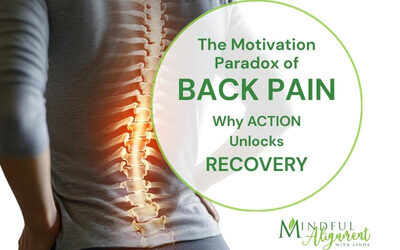The Importance of Stretching
Updated scientific evidence suggests that exercise or movement is linked to better health outcomes. More and more Americans are developing chronic diseases that can be prevented by a fitness program. The American College of Sports Medicine (ACSM) lists stretching as a significant component of an exercise routine. The Department of Health and Human Services listed flexibility as one of the big five techniques to strive for in their 2018 edition of the Physical Activity Guidelines for Americans.
“Flexibility is an important part of physical fitness”
“Some types of physical activity, such as ballet or salsa dancing, require more flexibility than others. Flexibility activities enhance the ability of a joint to move through the full range of motion. Stretching exercises are effective in increasing flexibility, and thereby can allow people to more easily do activities that require greater flexibility.”
-Department of Health and Human Services
Common Questions about Stretching:
What is the best way to stretch?
Many people stretch by going from one position to another, a.k.a. rocking. Instead, the latest thinking is that one should stretch a muscle, relax it, and then stretch that muscle again.
How much stretch is appropriate?
The best practice is to stretch to the point where you feel it in the muscle. Then stretch a little beyond that point, holding for 30 seconds and then release. Stop if you feel pain.**
The body has built-in protection mechanisms. If one’s hands touch something too hot, the body reacts by pulling back to avoid getting burned. When the temperature outside is too hot, the body perspires to cool-down body temperature. The same thing happens when we over-stretch, where the muscles contract to protect themselves, making the muscles tighter.
How long should I hold the stretch?
Many studies have been conducted to decide the proper hold time. The suggested amount of time is 30 seconds or 7 minutes. Since most people don’t have 7 minutes, the recommendation is 30 seconds.
When is the best time to stretch? Before or after exercise?
That depends.
Research suggests that professional athletes get almost no benefit from stretching before an event. However, if you have been sitting for several hours before exercising, your body may benefit from dynamic stretching or gentle movement to get the blood flowing again.
Is there more than one way to stretch?
Yes, there are 2 types of stretching: static and dynamic. An example of dynamic stretching is to move or walk at a moderate pace for 5-10 minutes. The best time to perform dynamic stretching is before an exercise or movement session.
Static stretching is holding the stretch without movement. Static stretching after exercise is always a good idea. It lengthens the muscles, decreasing stiffness. Also, it increases the range of motion, improves posture and overall performance, reduces post-exercise aches and pains, promotes circulation, and decreases the risk of back pain.
OVERALL BENEFITS OF STRETCHING:
- Stretching keeps the fascia* soft and flexible and increases nutrient supply to the muscles and fascia.
- Muscle tightness can be a reactive response. The more stress you feel, the tighter the muscles. The mind can be calmer and more peaceful when stretching is incorporated into your self-care routine, giving you a mental break from some of the momentary stresses.
Recommendations: The body can feel refreshed with increased energy. Focus on tight muscles. Stretch 2-3 days per week for a minimum of 10 minutes per day. Focus on the neck, shoulders, upper and lower back, pelvis, hips, and legs.
“Just keep on stretching!”
* For more about “fascia,” see my articles:
Fascia and Why it can Cause Us Pain
Body Stiffness: It May Be Your Fascia
**Always seek advice from your physician or physical therapist before starting or changing your fitness routine.
If you would like a custom assessment and stretching routine designed specifically for you and your needs, schedule a private consultation.
Related Articles:
Beyond Calcium: The Power of Yoga for Bone Health
Discover how yoga supports bone health and osteoporosis prevention. Learn science-backed poses that strengthen your skeleton and reduce fracture risk.
The Motivation Paradox: Action is the Catalyst for Healing Back Pain
Discover the Motivation Paradox of Back Pain—why waiting for motivation keeps you stuck and how action is the true catalyst for healing. Learn science-backed strategies to break the pain cycle and reclaim mobility.
Transform Back Pain Anxiety: From Uncertainty to Empowerment
Discover how to navigate pain anxiety with empowerment. Embrace uncertainty and reclaim your healing journey through mindfulness and resilience.
Transforming Your Relationship with Back Pain: A Mindset Revolution
Back pain is more than a physical challenge—it's a profound psychological journey. The real battle isn't just in your muscles and joints, but in your mind. Your thoughts can either be a prison or a pathway to healing. Reframing Your Inner Narrative When chronic pain...




